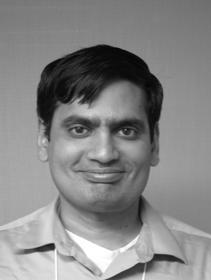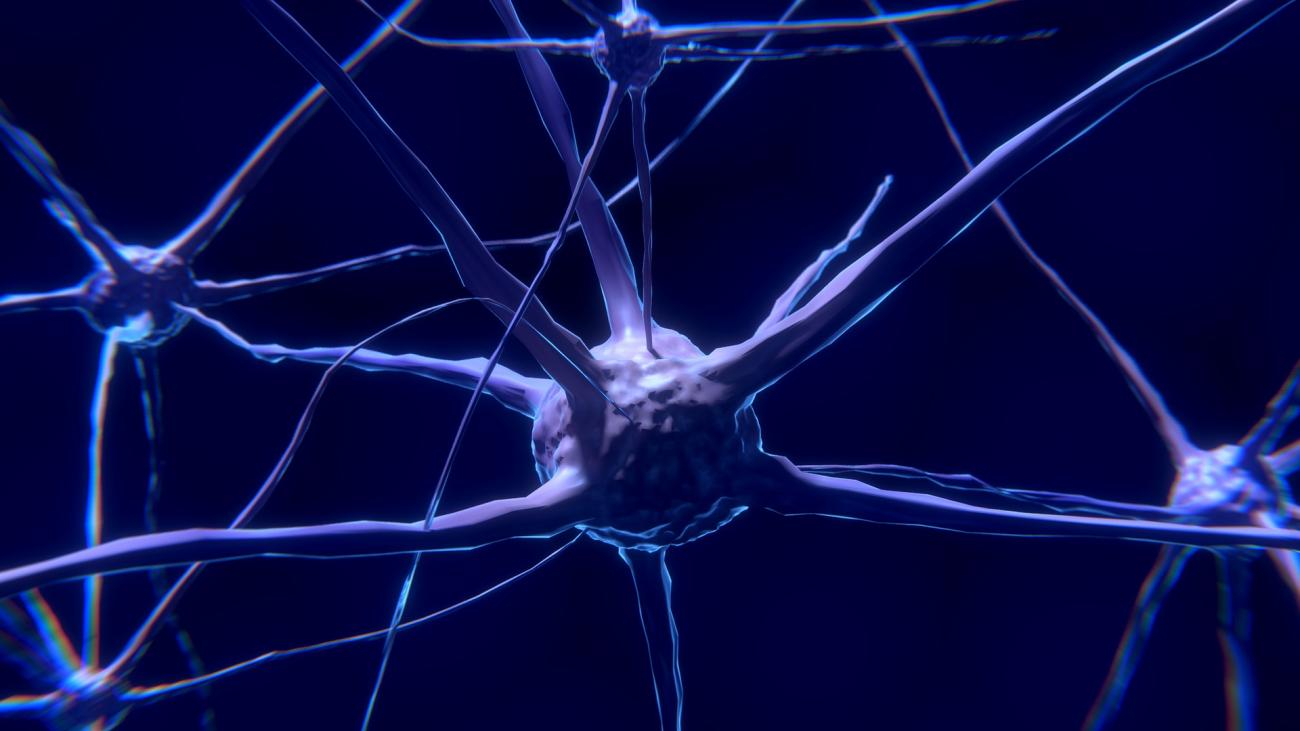Theories of human locomotion: How healthy humans walk stably and efficiently, with implications to design of assistive devices.
Healthy humans walk and run with lower energy consumption than most current two legged robots. Humans also move with greater stability, robustness and versatility. In this three-part talk, I will first describe our human locomotion experiments and optimization calculations, demonstrating that the principle of energy optimality can predict many aspects of humans locomotion behavior. Energy optimality not only (roughly) explains steady locomotion behavior in a straight line, but also unsteady locomotion with changing speeds and non-straight-line locomotion in complex curves. Next, I will describe our attempts to characterize the controller humans use to walk and run stably. To infer the controller, we use human responses to externally applied perturbations during walking and natural noise during running. We will show that some human responses to such perturbations can also be explained (roughly) by energy-optimal perturbation recovery. Finally, I will describe a computational framework for the design of prosthesis and exoskeletons -- in which we use numerical optimizations to obtain optimal human muscle activation and device actuation for a dynamic model of a person wearing the prosthesis/exoskeleton.
Dr. Manoj Srinivasan is an associate professor in the Mechanical and Aerospace Engineering Department at The Ohio State University.
The event is free and open to the public.




